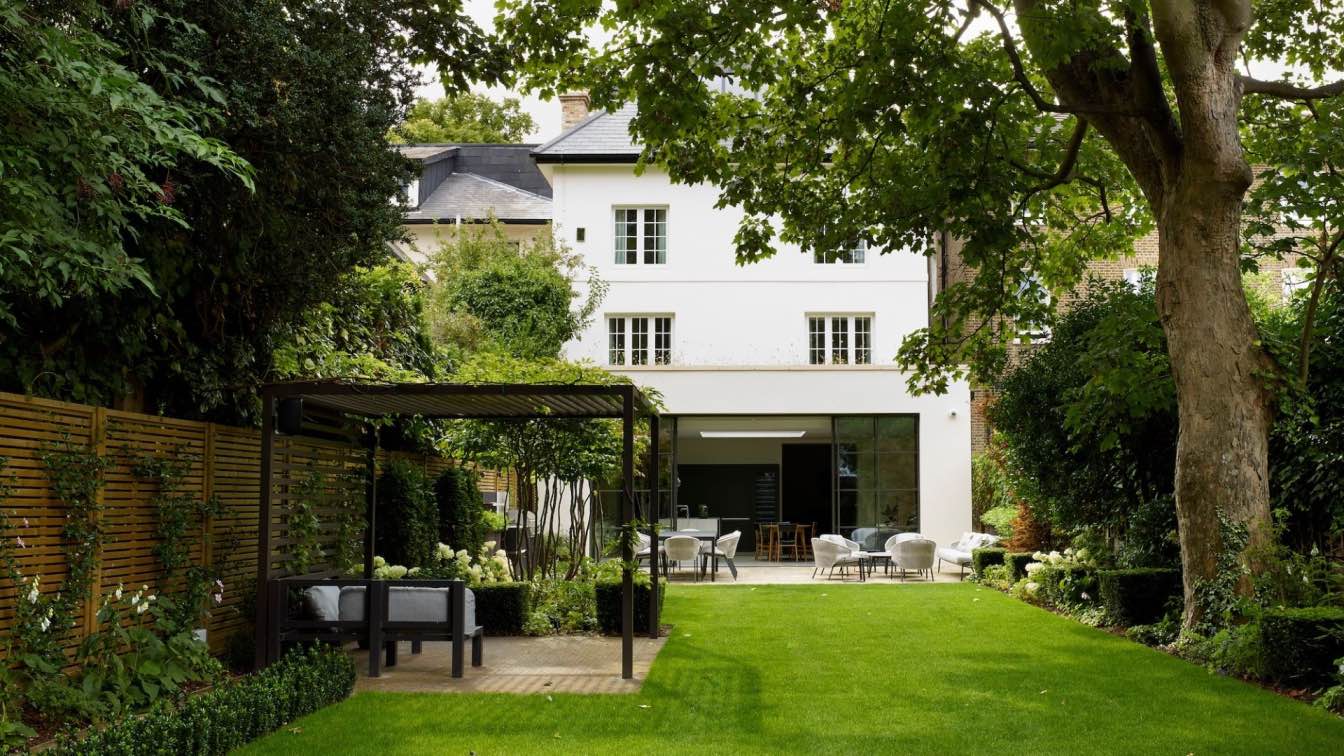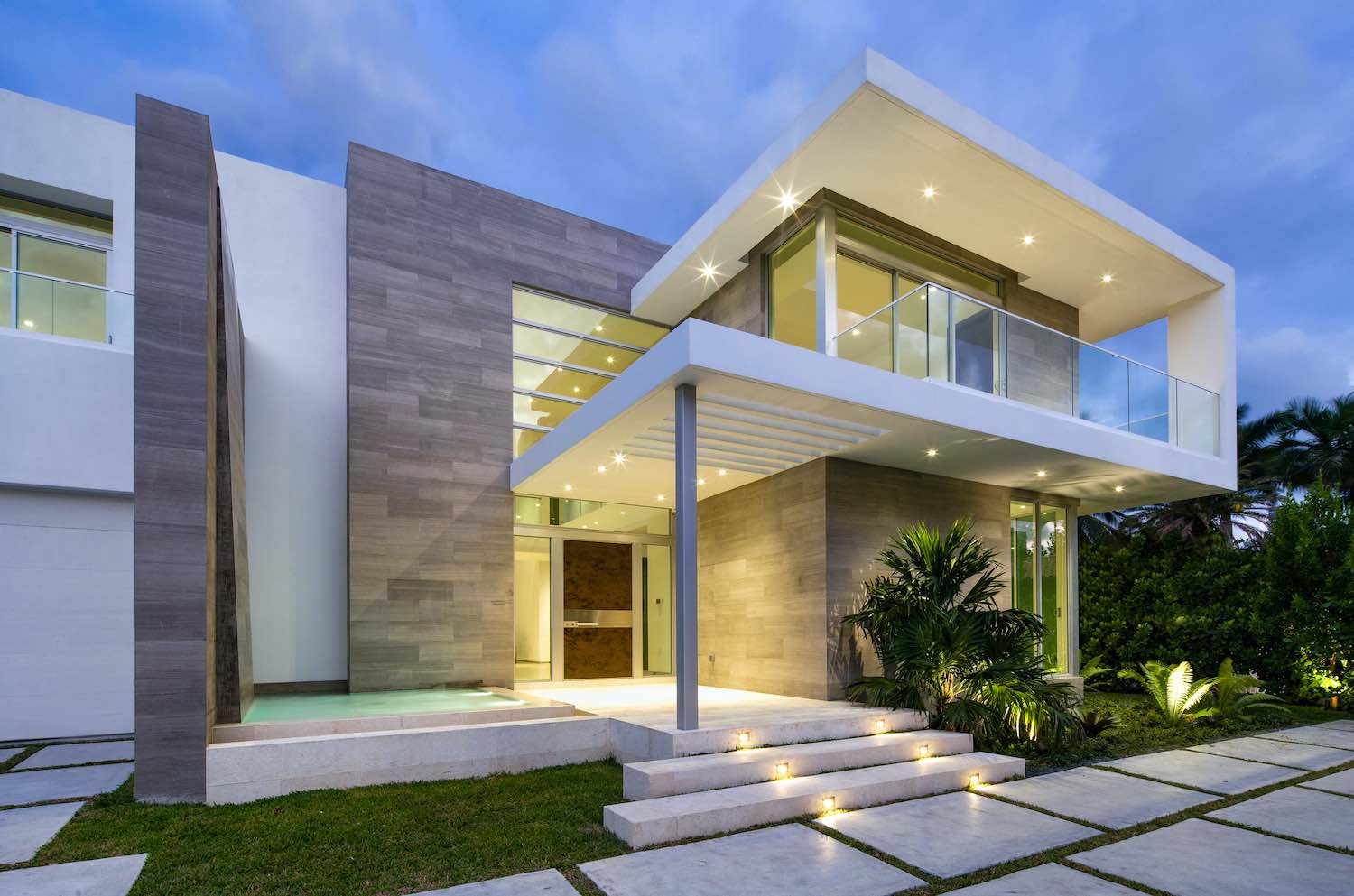IPSA Design Consultants: The Orchard house is a weekend retreat for a family in Pune. It is set in a sprawling orchard flanked by hills on the southern side and a panoramic view of the backwater and distant hills on the northern side. The house is sited on the highest point in the orchard, offering commanding views of the estate and the landscape beyond. The house is an experiment in neo-vernacular style where contemporary design ideas are expressed in a tropical design vocabulary.
The design brief given by the clients was minimal. A common living -dining -kitchen area, three bedrooms and a store for the farm produce. The design interprets these programmatic spaces as communal and individual spaces. The central volume of the building consists of common areas like living-dining-kitchen. This double heighted volume is capped by an expansive sloping roof covered in Manglore clay tiles. The bedrooms are the individual spaces plugged on to the main central volume.
The transition from the communal to the individual is accentuated and interspaced by architectural element like a passage, a stairway, or a bridge. The dichotomy of the communal and individual is expressed in the massing of the building. The house sits on a contoured site thus the natural ground level is used at an advantage to segregate the communal and individual spaces at various levels.
The structure is load bearing with composite basalt stone and red brick masonry walls that run parallel in the north-south direction. The walls in between the parallel composite walls are red brick walls that run in the east-west direction. These walls have deeply recessed and large openings. This enables the house to draw light, wind and views of the hills to the south and the orchard and backwaters to the north.
The building borrows heavily from the architectural vocabulary of the region it sits in. The square rubble masonry walls, hipped roof, timber doors and window frames and shutters to name a few. Most of the wooden elements like the door and window frames, shutters and even the furniture items have been reused/repurposed from the previous a house the clients owned.
The building integrates with the landscape through terraced patio and lawns. The cobbled pathways, the canopy the existing trees and the monumental stone walls impart a nostalgic yet eternal charm reminiscent of the medieval castles.








































